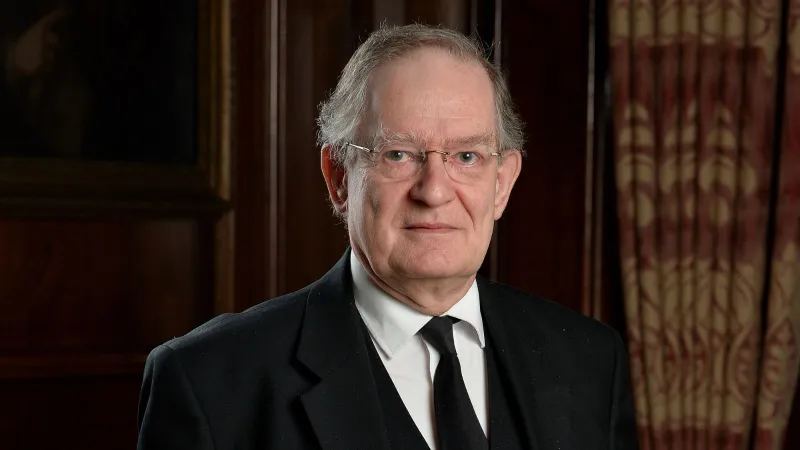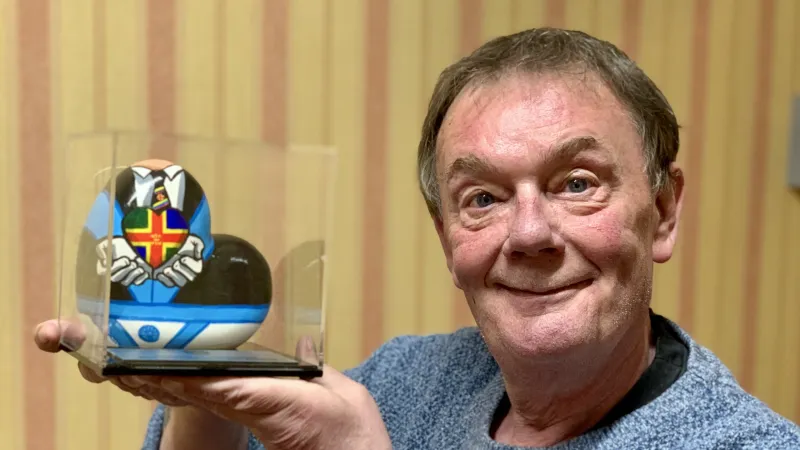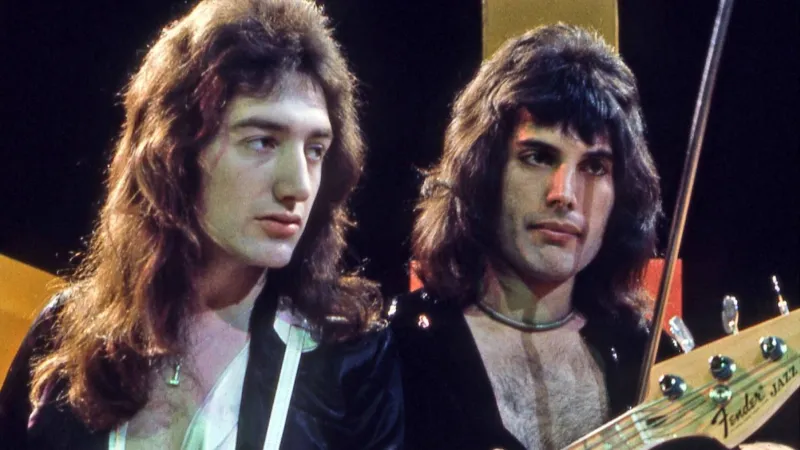By: Denis Brookes – Past District Grand Secretary
I was reminded of a talk I gave last year titled "Ramblings of a Past District Grand Secretary." It struck me that many of our current Brethren may not be familiar with the history of Freemasonry on the island prior to the formation of our District in 2006. While I initially thought that most of the Officers of the Bermuda Installed Masters Lodge had been around long enough to know the story, a quick glance at the list of Officers revealed that eight had joined the Craft after 2000, and four more joined in the 1990s. So, I hope this piece provides insight, even for those long in the tooth who joined in the 1970s!
To understand what Freemasonry in Bermuda was like before we became a District, we need to go back a bit. When I first became a Freemason, there were only four English Lodges in Bermuda: Atlantic Phoenix Lodge, Prince Alfred Lodge, Lodge of Loyalty, and Broad Arrow Lodge. It wasn't until 1988 that the Bermuda Installed Masters Lodge was formed under the leadership of Charles Z. Mann, Grand Inspector. This brought the total number of Lodges to five and paved the way for the eventual establishment of the District Grand Lodge of Bermuda.
Back then, Bermuda was not a District but an Inspectorate, with the Grand Inspector acting as the leader of the English Lodges and the representative of the Grand Master. Few Grand Officers were appointed locally—typically only one per Lodge, usually of the rank of Past Grand Standard Bearer. There were no District Grand Ranks, and promotions were limited to Overseas Grand Rank (OGR), fondly referred to as the "ogres." Recommendations for promotion were made by individual Lodges to the Grand Inspector, and it was not uncommon for a Past Master to wait over a decade after leaving the Chair before being considered for advancement.
In those days, the administration of the Lodges was vastly different from today. Unlike the streamlined process we now have at the District level, each Lodge communicated directly with London. Candidate interviews were conducted in private, and the Lodge Secretary handled all paperwork, from sending the Initiation fees to requesting Grand Lodge Certificates. It often took months, sometimes longer, for Certificates to arrive, rolled up in large cardboard tubes and presented with much ceremony.
Annual Returns were a particular challenge. Lodges received massive sheets of continuous forms in triplicate from London, produced on a dot matrix printer, which the Secretary had to painstakingly review and correct. These forms, along with dues payments, were sent back to London—long before the convenience of email made communication easier. Back then, we felt somewhat isolated, as though London was only interested in our dues. Though we did receive reports from the Quarterly Communications of the Grand Lodge, they rarely reached beyond the Lodge Secretary and the Worshipful Master.
The process of producing Lodge Summonses was equally laborious. Secretaries couldn't begin drafting the Summons until after the previous meeting in case new candidates were proposed. These Summonses were handwritten and then printed by a local firm after approval. Mistakes happened, of course, and one memorable slip had the Grand Inspector laughing as Brethren were encouraged to join the "Royal Ark Marines" instead of the Royal Ark Mariners!
Installations were grand affairs, often the only time Brethren from different Lodges met each other. Toasts were similar to today, though, at the time, three Grand Officers would reply to the toast to the Grand Lodge. If you attended multiple Installations, you quickly learned what each speaker was going to say! The visitors' toast was replied to by the Masters of all local Lodges, including English, Irish, and Scottish Lodges. It was rare for an Installation Banquet to finish before midnight. Brethren typically made it home safely, though one memorable brother forgot he had left his wife in Warwick and went straight to bed after a Banquet!
The festive boards following regular meetings were much simpler than today's affairs. Sandwiches were the staple, with each Officer contributing a loaf. Leftover sandwiches were often delivered to the local police station after the meeting. Visits between Lodges were less frequent but always well attended, fostering strong bonds among the Brethren.
One of the few public displays of Freemasonry during that time was a church service at the Cathedral to mark the 200th anniversary of the Atlantic Phoenix Lodge. Brethren marched in full regalia from Freemasons' Hall to the Cathedral for the service—a rare sight in Bermuda, where Masonic regalia was seldom worn outside the Lodge.
Over the years, we have seen many changes, from the modernisation of our facilities to improvements in our relationships with the Grand Lodge. Freemasons' Hall itself has evolved, with the creation of the car park in the 1970s being a significant development. Inside the Lodge, the transition from a bellows-driven pipe organ to a modern electric one was not without resistance, but it marked progress. Similarly, the air-conditioning system, installed in the 1970s, was a welcome improvement, though I recall a memorable lecture interrupted by billowing smoke when one of the units malfunctioned!
Special events like the St. John the Baptist Day Banquet at Elbow Beach Surf Club, attended by over 200 Brethren, were highlights of the Masonic calendar, as were banquets in honour of distinguished Brethren like Charles Talbot. These traditions continue today, connecting us with our past while embracing the present.
It was in 2005, during a Grand Lodge event in Nassau, Bahamas, that the then Pro Grand Master, Lord Northampton, proposed the Consecration of the District Grand Lodge of Bermuda. After careful planning, the District was officially consecrated in 2006, marking the beginning of a new chapter in Bermudian Freemasonry.
I hope this reflection on our history has provided insight into what Freemasonry was like before we became a District and that it serves as a reminder of the long journey we've taken. Special thanks to the senior Brethren who shared their recollections, helping to preserve these important memories for future generations.


